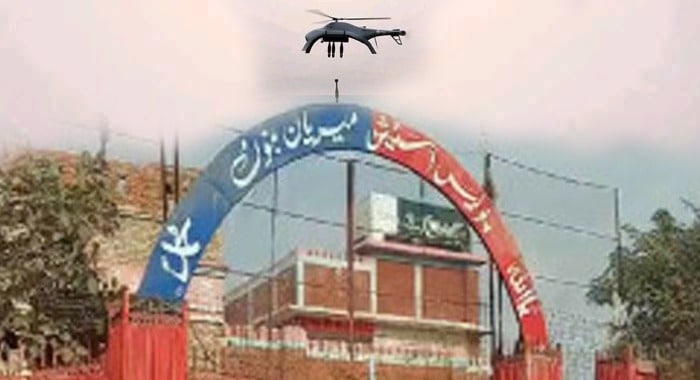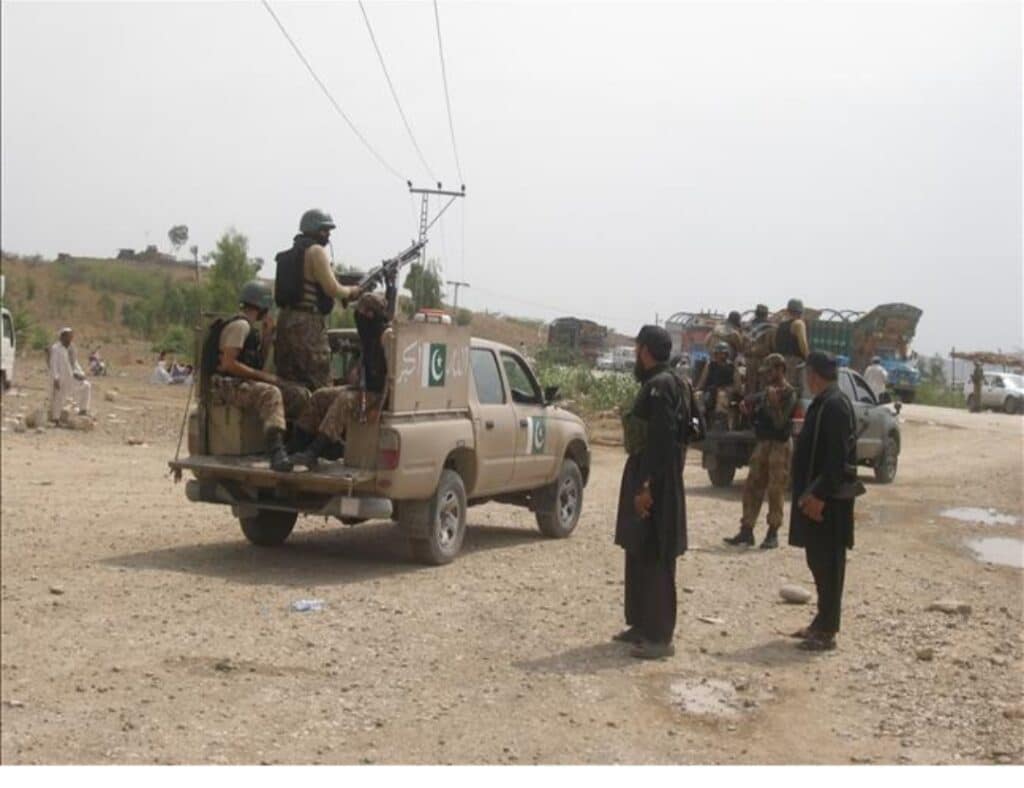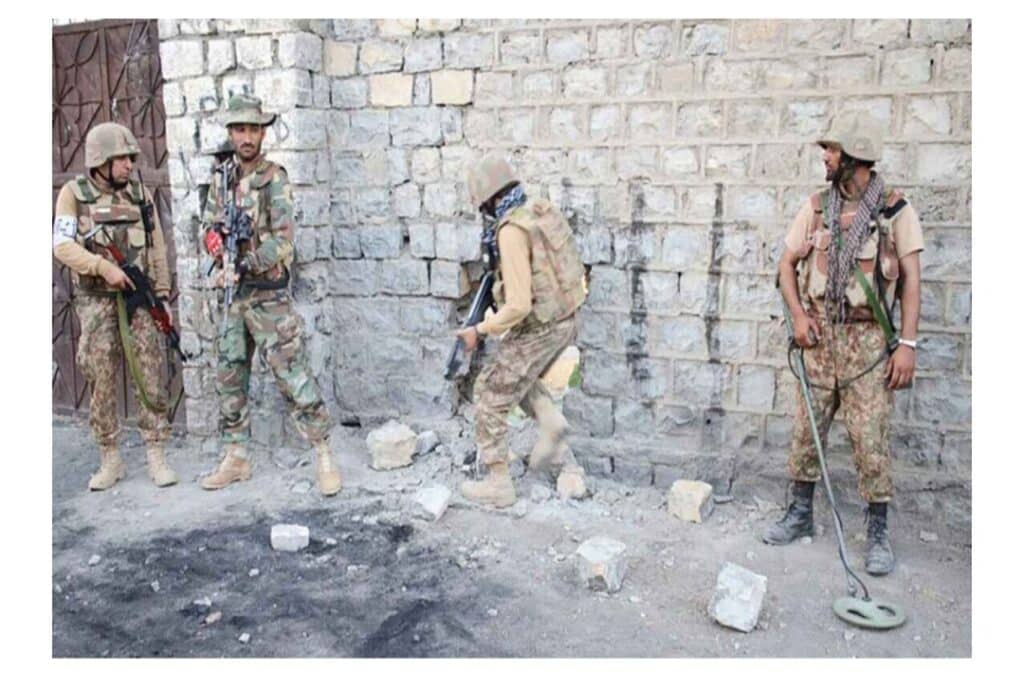In yet another disturbing development in Pakistan’s increasingly complex security environment, terrorists affiliated with the banned Tehreek-e-Taliban Pakistan (TTP), also referred to by state officials as Fitna al-Khawarij, launched a fresh quad-copter attack on the Miryan Police Station in Bannu late Thursday night. The aerial strike, which involved an explosive-laden drone dropping its payload directly into the station’s courtyard, left Assistant Sub-Inspector Badr Munir and Constable Khursheed injured. Both were immediately shifted to a hospital for treatment.
This marks one of several drone attacks carried out on the same police installation in recent weeks. Since early July, Miryan Police Station has been hit multiple times, with earlier strikes targeting a solar panel system, the main gate, and open ground around the facility. Explosives packed with ball bearings, nails, and blades were used in some of these assaults, designed to inflict maximum injury. In previous attacks, a private security guard was martyred, while a police constable and a civilian were wounded.
But the threat is not confined to Bannu alone. In late May, four children were martyred in a similar drone attack in Mir Ali, North Waziristan. Earlier that same month, teachers in the region received explicit drone threat warnings from Khawarij operatives, underlining the terrorists’ intent to expand their psychological and kinetic campaign.
Security officials and intelligence sources now believe these attacks form part of a broader hybrid war strategy, orchestrated by India with Israeli support. The alleged India-Israel nexus—long noted for its military cooperation—has evolved into a proxy warfare model that fuses disinformation, political destabilisation, and now, high-tech drone assaults within Pakistani territory.
Recent intelligence assessments suggest that Israeli-origin drones may have been smuggled into KP and Balochistan via Iran, reportedly under Indian intelligence direction. If verified, this represents a severe breach of Pakistan’s sovereignty and marks a dangerous new chapter in regional hostility. “This isn’t traditional insurgency anymore—this is state-enabled, tech-driven terrorism,” said a senior counter-terrorism official.
India’s historic use of Afghanistan’s ungoverned spaces to support anti-Pakistan militants is well-documented. But what’s new—and far more dangerous—is the use of advanced Israeli technology and joint intelligence coordination. With access to surveillance-grade drones, groups like the TTP are no longer limited to IEDs and ambushes. They now pose a sky-borne threat capable of precision strikes on both military and civilian targets.
In response, Pakistani law enforcement has begun deploying anti-drone systems in vulnerable districts like Bannu. These include radio frequency jammers, directional sensors, and new “fire-down” protocols to physically neutralise drones mid-flight. Back-channel diplomacy with Iran and Afghanistan is also being activated to choke smuggling routes and prevent cross-border militant movement.
Security analysts note that internal rifts within TTP factions, especially with groups like Jamaat-ul-Ahrar, could present a tactical advantage for Pakistan’s security forces. Meanwhile, Islamabad is being urged to internationalise the issue, presenting a detailed dossier on foreign-sponsored terrorism at forums such as the United Nations and OIC.
“This isn’t just about Bannu or KP anymore,” a security official warned. “This is a multi-front hybrid war, one that merges physical attacks with psychological operations and foreign-backed subversion. And we are preparing a response across all fronts.”
The war may have moved to the skies, but Pakistan’s resolve, officials say, remains grounded in full-spectrum defence—legal, technological, and kinetic.





